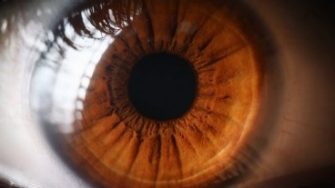
One of the pleasures of working with the cornea is its accessibility and transparency – this means that, unlike elsewhere in the body, images can be captured in a non-invasive way in order to evaluate cells, blood vessels and nerves. Researchers at the UNSW School of Optometry and Vision Science in collaboration with researchers at the University of Sydney are using an instrument called the confocal microscope to capture images of the nerves within the cornea as a reflection of the structure of nerves elsewhere in the body. The team has applied a technique known as deep learning in order to measure the tortuosity of corneal nerves. This will enable the researchers to evaluate the nerves of those with systemic diseases that cause damage to corneal nerves, and to better predict damage elsewhere in the body at an earlier stage.
For full article please see here: https://www.mdpi.com/2306-5729/5/2/37/htm
